The new Audi A7 emerged last year during the Frankfurt Motor Show 2017. Positioned in the same segment as the A6 but targeting a sportier end user, it is fair to say that the industry had been expecting to see the new A6 first. The A6 will likely follow in a few weeks time in Geneva.
The second generation A7 carries a huge amount of A8 technology, not unexpected. In terms of technology, the A8 was a quantum leap forward for the German brand, so much so that customers would have felt short changed if the same wasn’t on offer in the A7.
The list of technologies available on the A7 is long. It ranges from conveniences such as the lane keeping assistant and radar guided cruise control, to more advanced stage 3 autonomous functions (to follow in mid-2018) including parking and garage assistants for example. All are completely configured through the MMI system.
Of most interest to us were the inclusion of a 48 volt mild hybrid system and the four-wheel steering. The 48 volt system uses a belt alternator starter and a lithium-ion battery mounted below the boot floor. It fills the torque deficit generated by the turbocharger. The four-wheel steering system turns the rear wheels by 5% at low speeds and 2% at higher speed, the result is increased agility.
Our launch event offered two versions. The first was a TDI, the A7 50 TDI, equipped with a powerful 3.0 litre V6 diesel engine with 286 hp and 620 Nm of torque. We didn’t get an opportunity to test this model although it is expected to outsell the petrol version in most markets. Our test car was an A7 55 TFSI with a slightly more powerful petrol 3.0 litre V6 bi-turbo engine producing 340 hp and 500 Nm of torque. Power in the petrol model is routed through a a seven-speed S tronic gearbox.
The sprint from from 0 to 100 km/h takes just 5.3 seconds, thanks to the combination of the powertrain and the quattro drive system. Top speed is 250 km/h (155.3 mph). Emissions are an increasingly important statistic in this segment. The A7 manages 6.8 litres of fuel per 100 kilometres (34.6 US mpg) and spits out 154 grams CO2 per kilometre (247.8 g/mile).
In terms of looks, the Audi A7 gets familiar proportions. Audi designers reckon the silhouette is the only part of the second generation A7 which remains the same. Turn on the lights and, rather than a single design line running the entire length of the car, the new model’s design splits in the middle with a lower waist line offering a squat stance.
Two headlight options are available including a range topping set of HD Matrix LED headlights with Audi laser light available as an optional extra.
Our route took us on three of the finest roads in Cape Town; Chapman’s Peak Drive, Betty’s Bay and Franschhoek Pass. Interspersed with plenty of low speed, in-town cruising and high speed motorway miles, the South African landscape proved perfect for testing the quality of the ride and exploring the technology packed into the new A7.
The interior is a refreshing place to be. With its new dual screen layout, and with many of the buttons incorporated into the touch screen, it is a sleek and modern place to be. If you are using the A7 day to day, you quickly get used to the unique acoustic-haptic feedback buttons integrated into the MMI system. The top screen deals with vehicle functions and MMI while the lower screen controls the interior environment.
Switching the ignition gives a start tone from the MMI system. Quite how long it will refrain from crossing that fine line towards irritating is anyone’s guess. The rear lights put on a display too, springing to lift with a scrolling graphic, designed to take full advantage of that gorgeous full length display. Starting the A7 is meant to be an event.
On the road, the first thing you notice is the incredible sound deadening. The Audi A7, despite its pillar less doors, does an incredible job of keeping the outside environment outside. Audi’s designers admit that this is an area they have focussed on. From the inside, road noise is a faint hum, engine noise penetrates the cabin only when you really mash the throttle. Much of this is down to the acoustic glass.
The various drive modes do precisely what you would expect. Comfort mode gives a softer ride when compared with Sport mode which firms the ride and sharpens the throttle and gearbox response.
On the highway, the A7’s intelligent driver assistance features take centre place. They are controlled through a central driver assistance controller which offered three settings in our test car, a low intervention level, a high intervention level and a manual version which allows you to disengage features such as the fatigue warning system.
So what competes? The obvious answers are to be found in BMW’s 6-Series Grand Coupe and the Mercedes-Benz CLS. The later received a recent refresh, yet it doesn’t quite compete with the Volkswagen Group product in terms of tech. That said, it is clear that choices will be made on brand preference rather than by spec sheet.
Our overall impression of the Audi A7? We didn’t expect a game changer, especially considering that the fundamentals are so heavily based on the superb Audi A8. What it does instead is to package that technology into something that feels more compact, more sporting and with edgier styling. It leaves us primed for the inevitable RS7 and S7 variants which are sure to be more convincing as pure driving machines. The standard A7’s will serve the business market well.

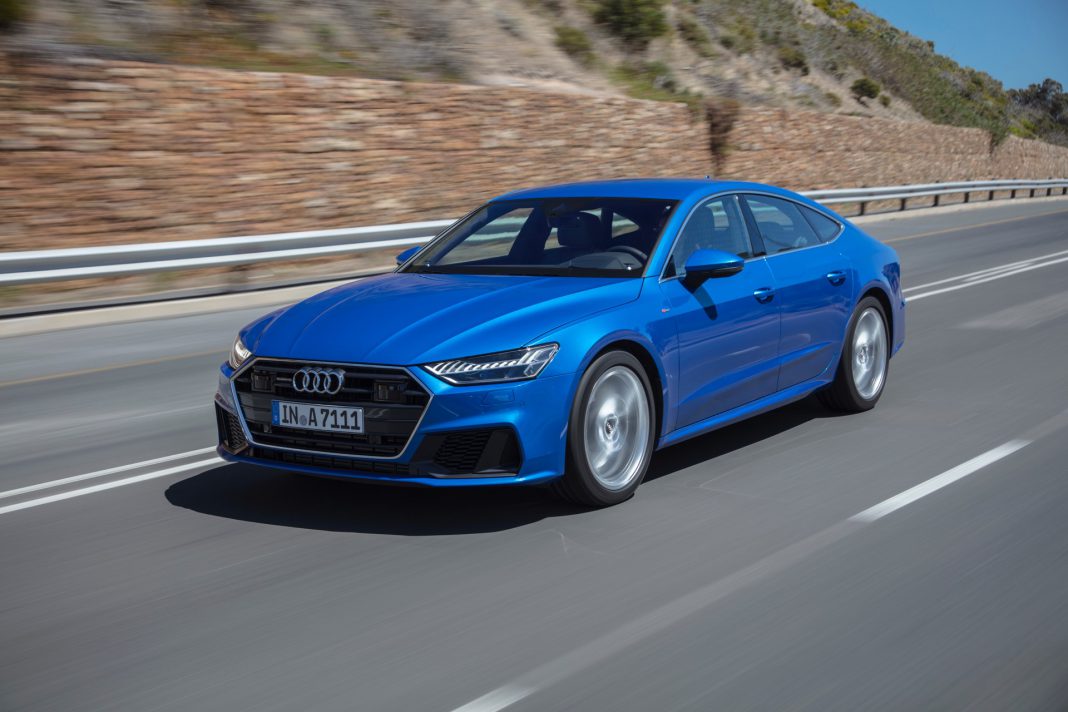
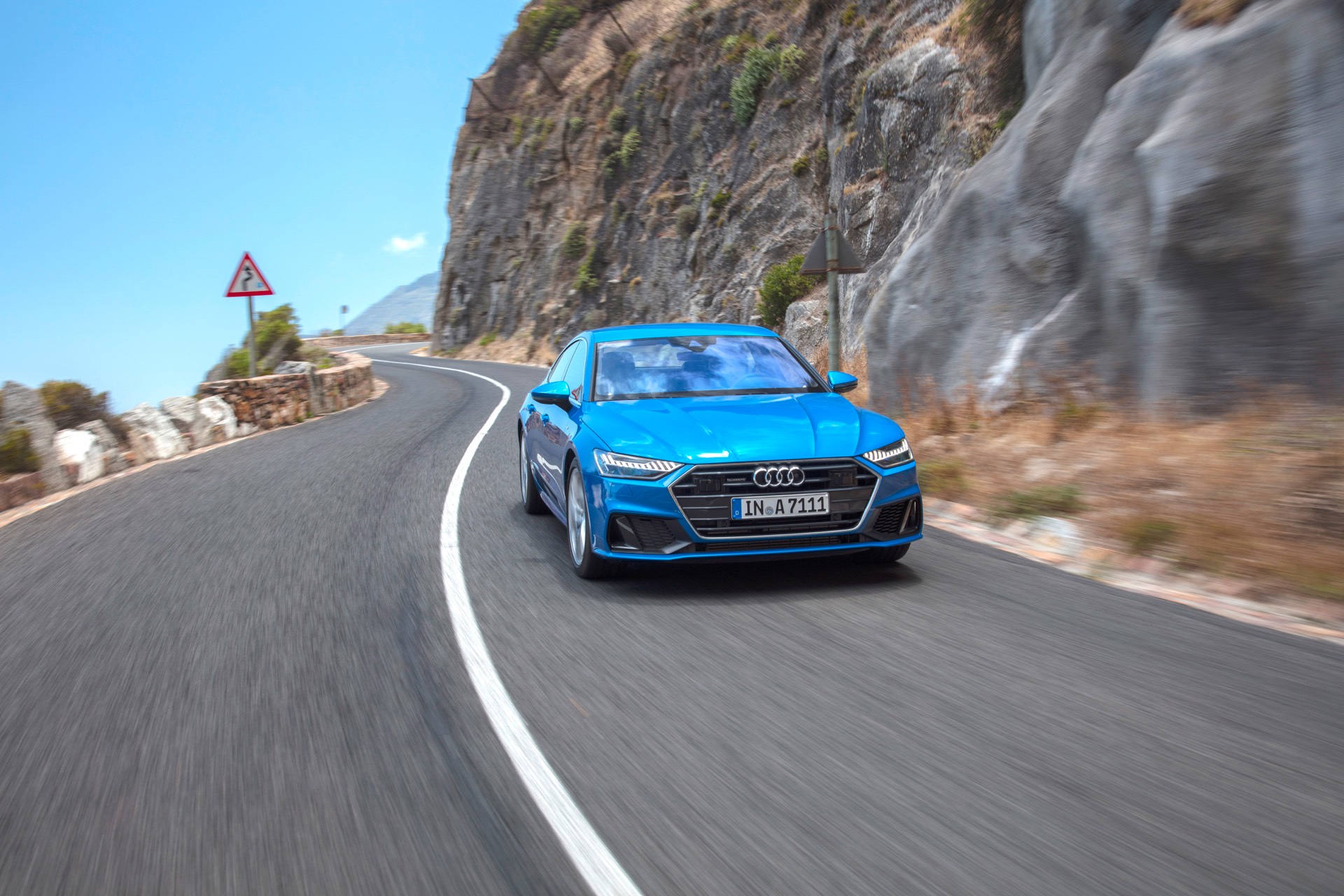
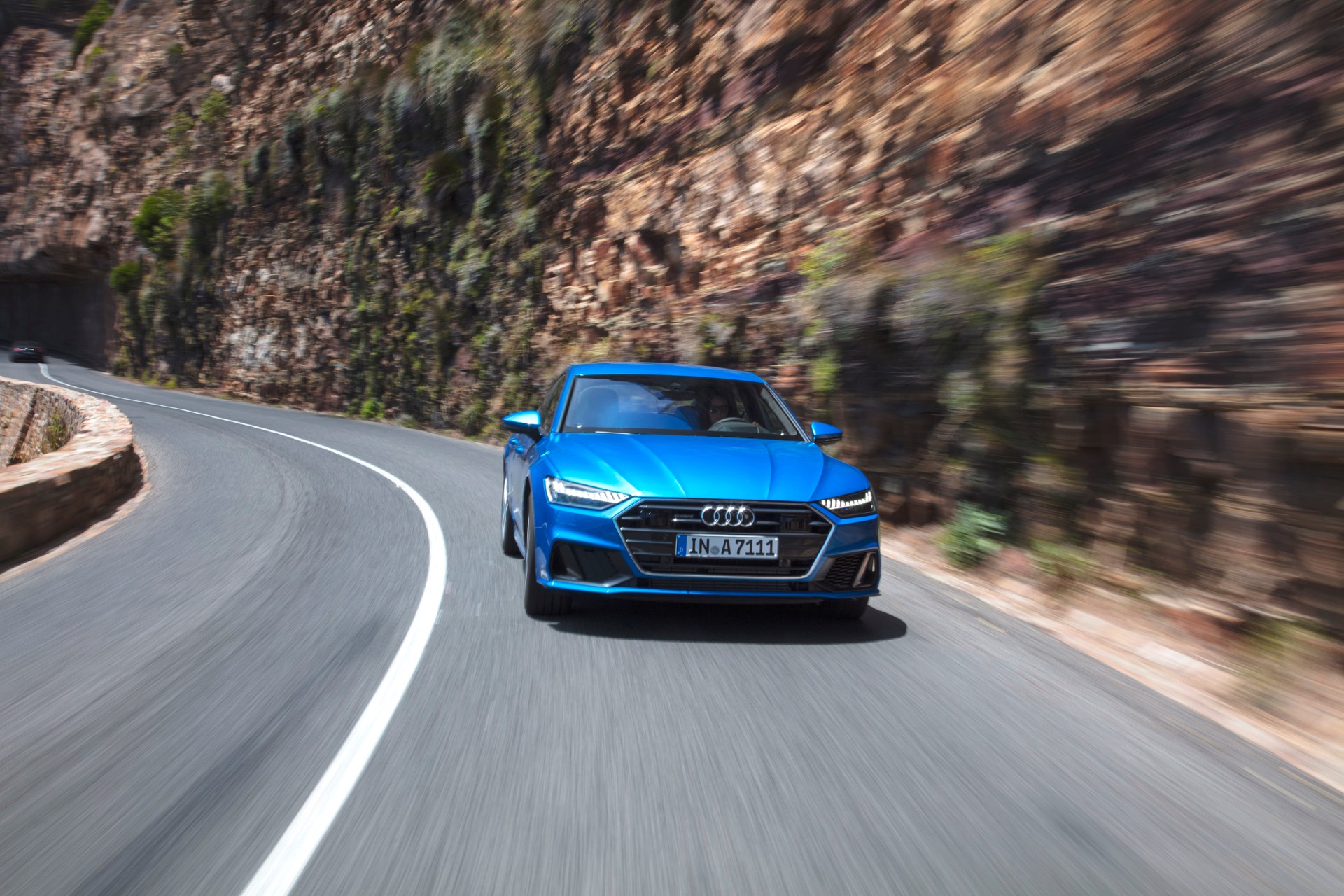
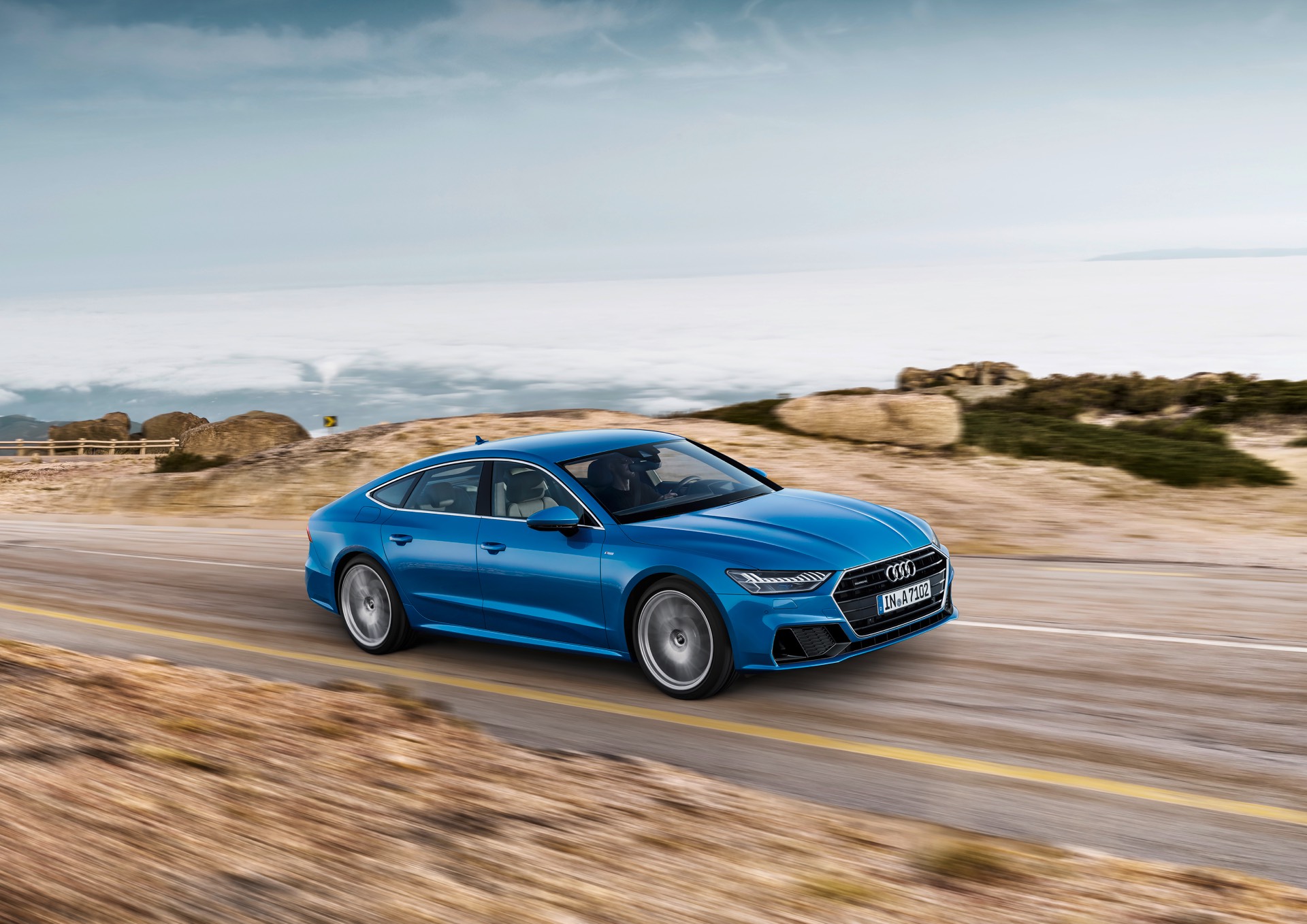

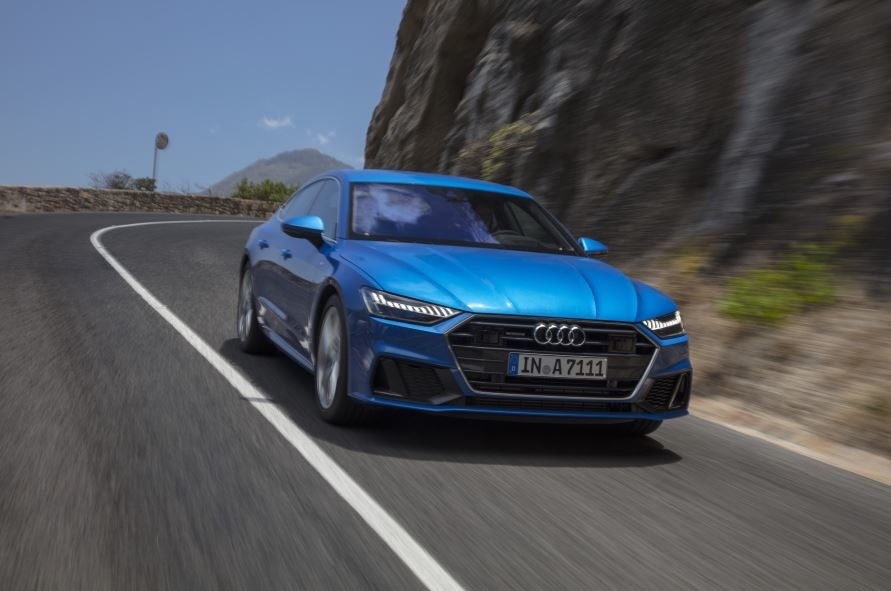

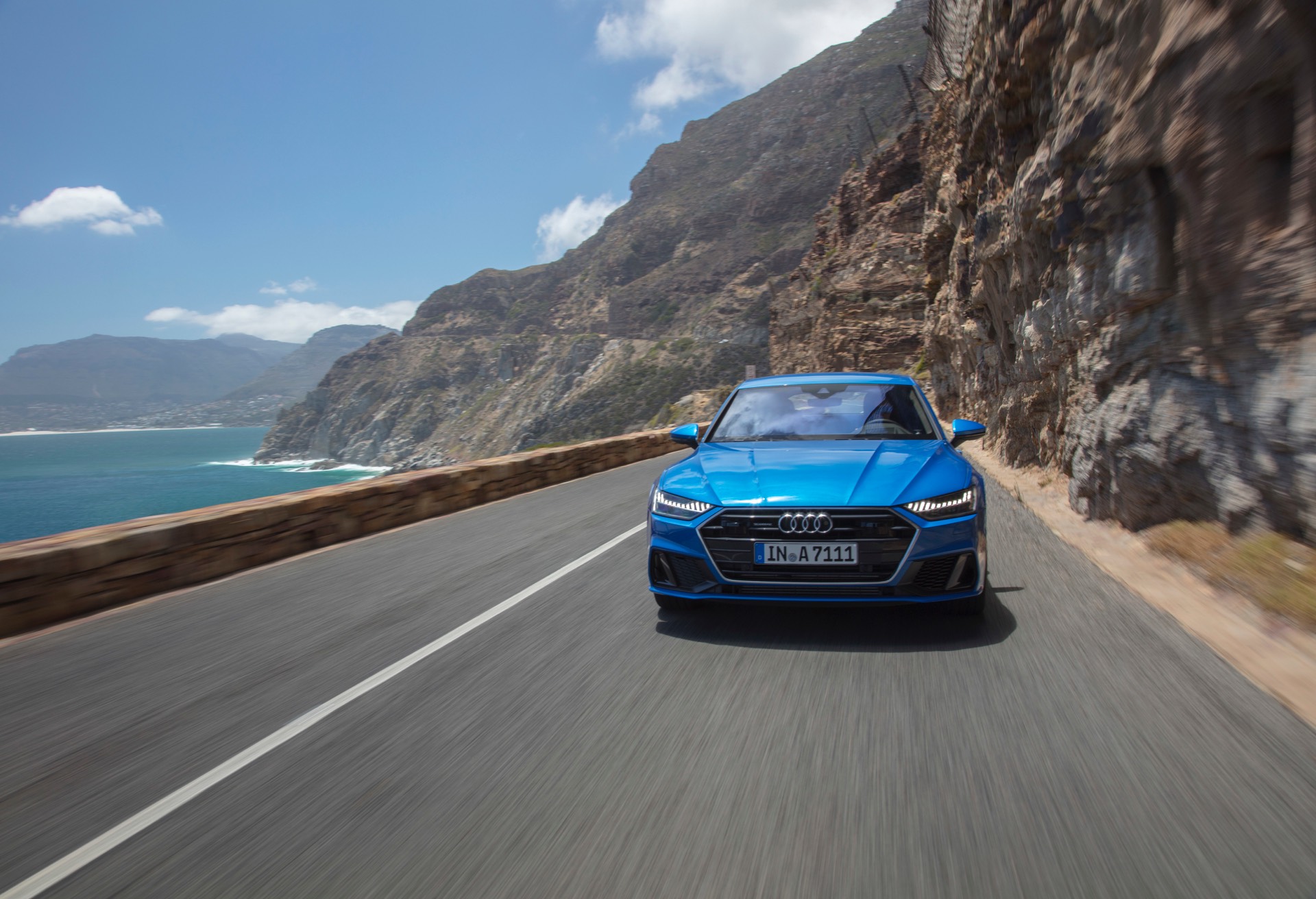

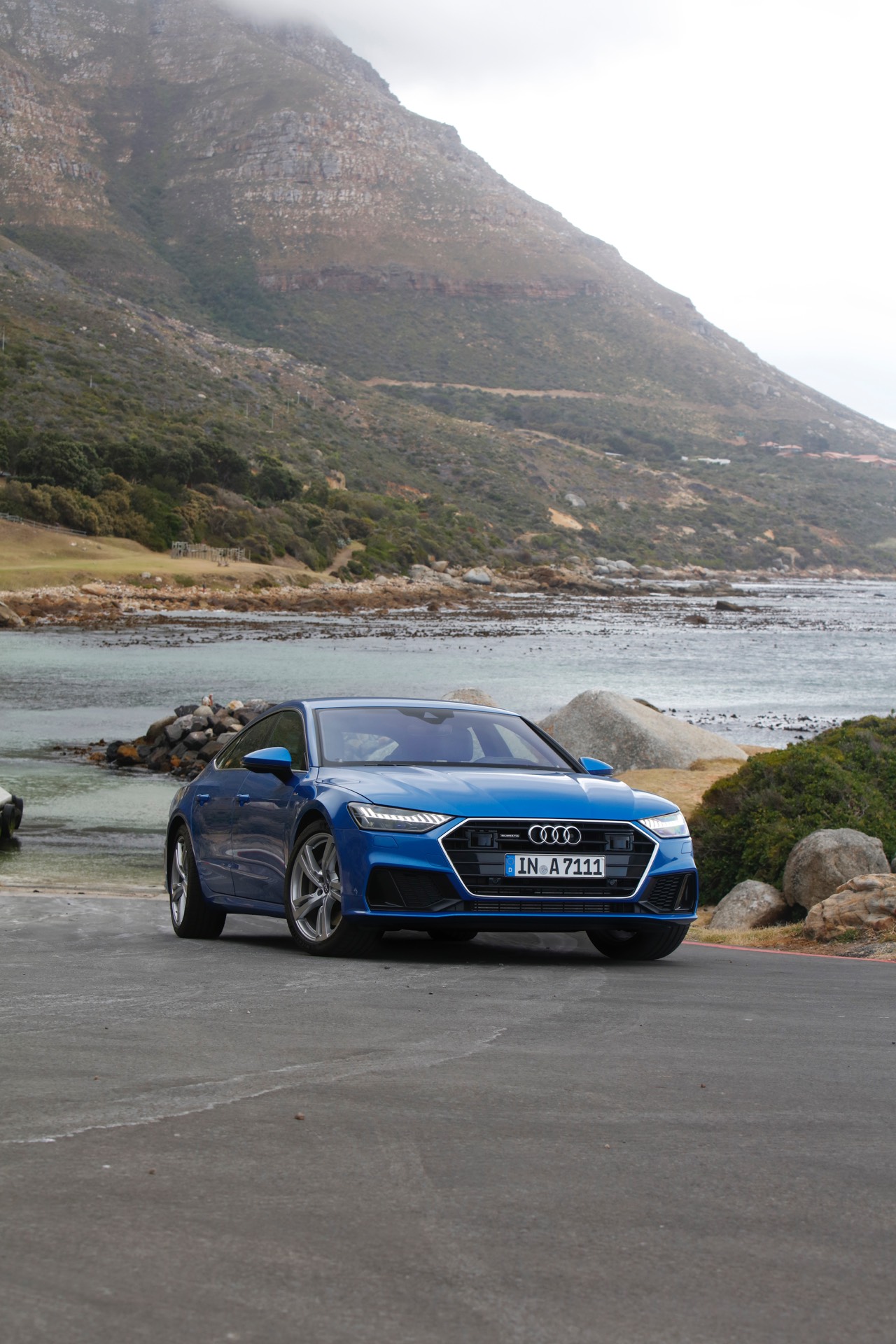
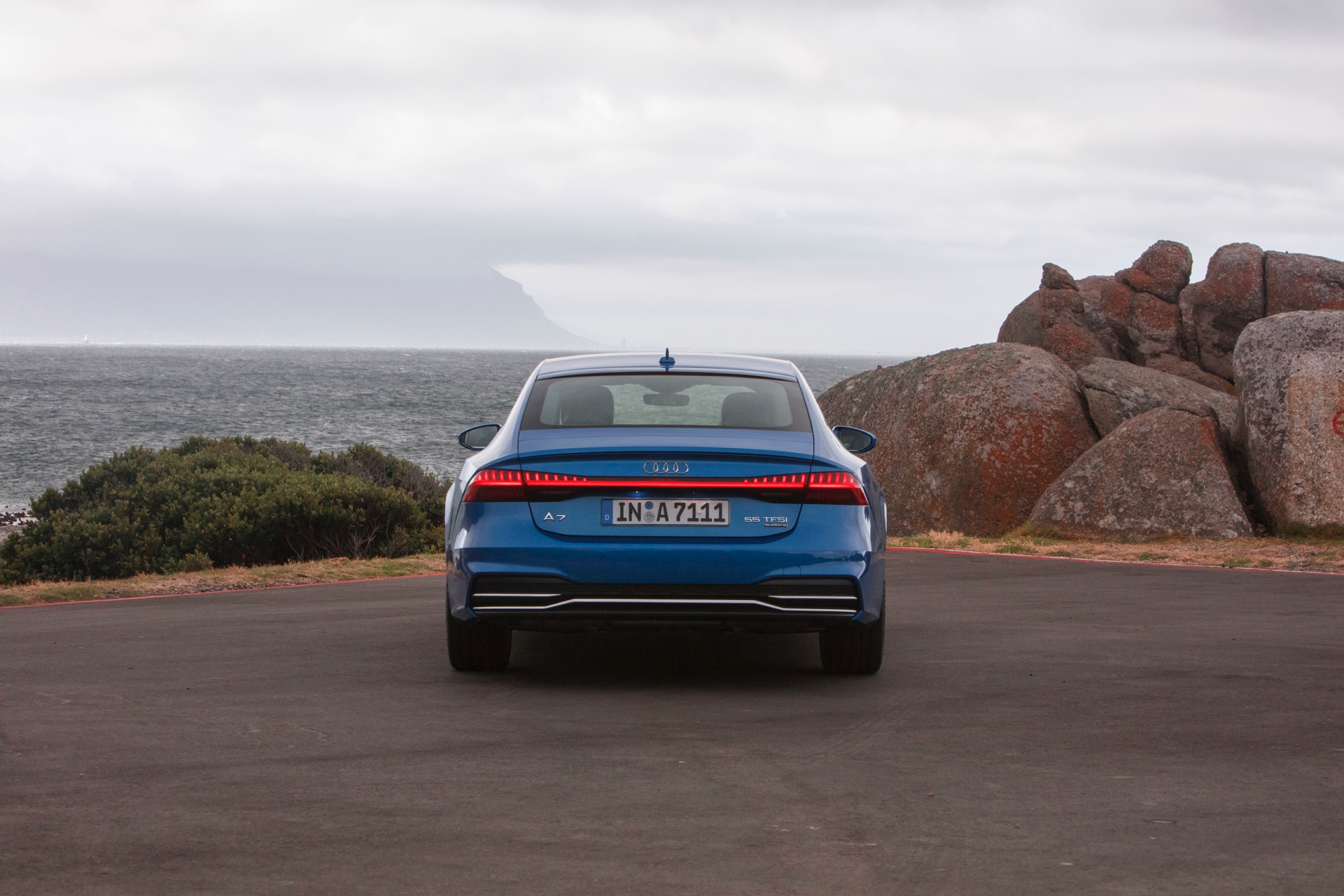
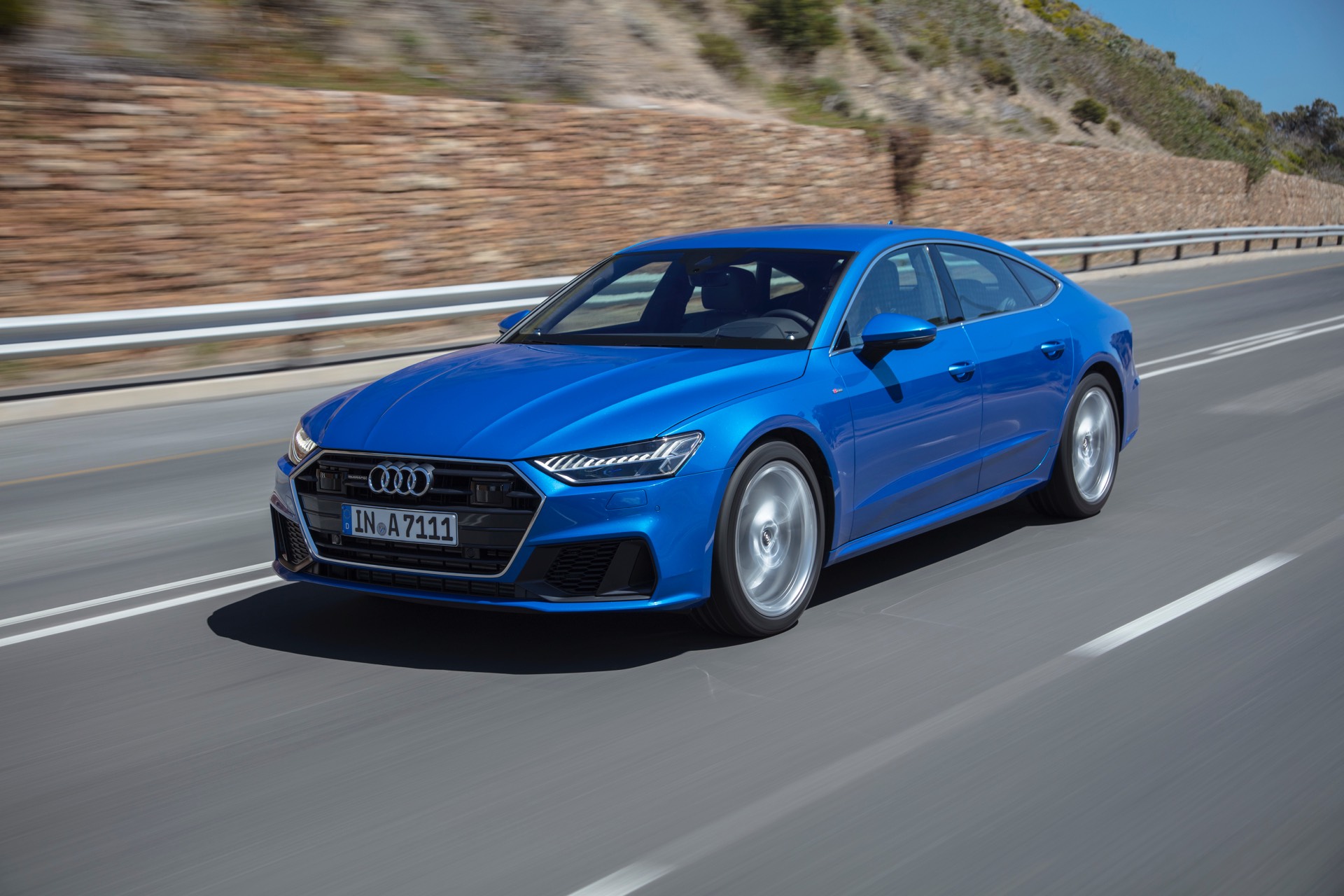
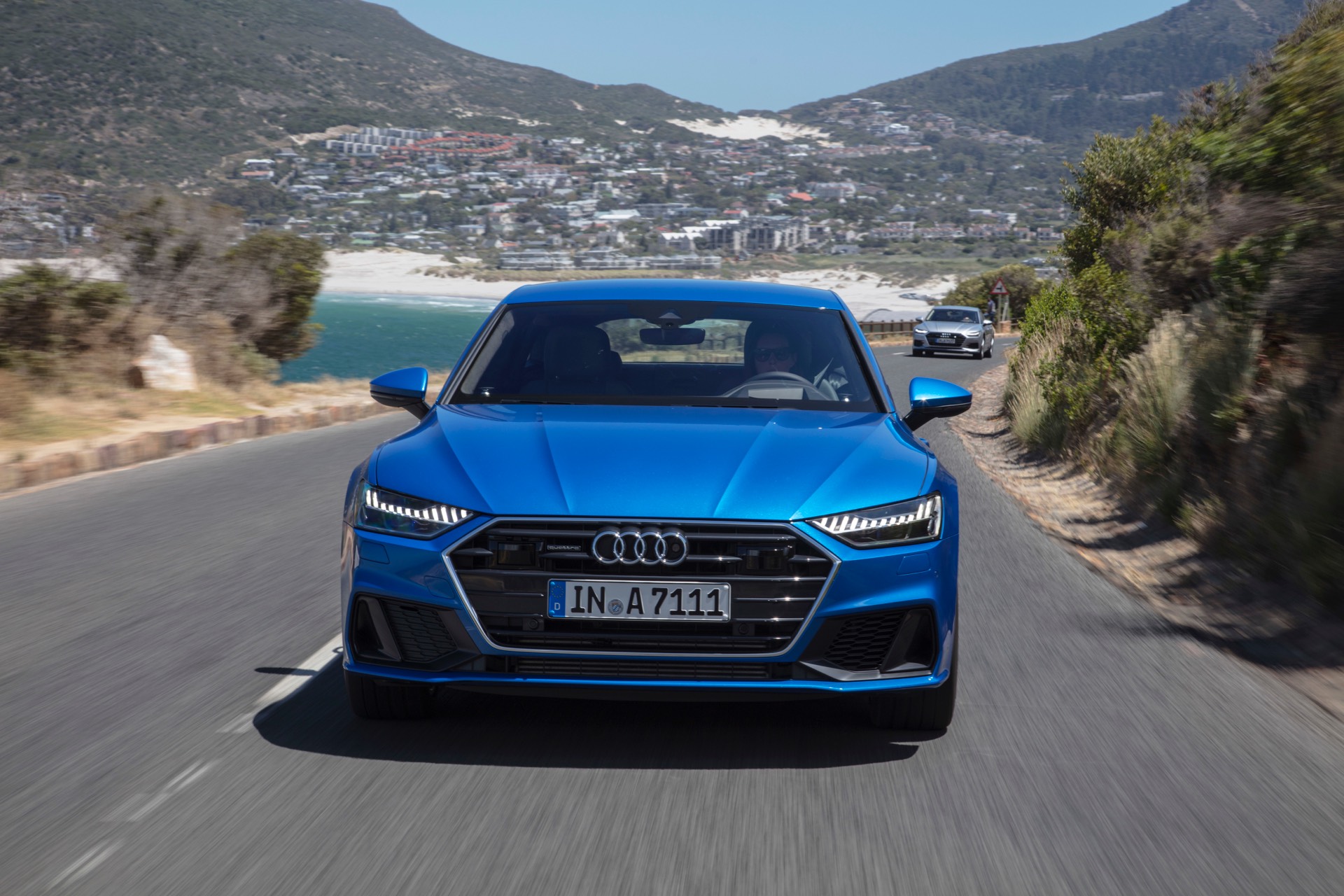
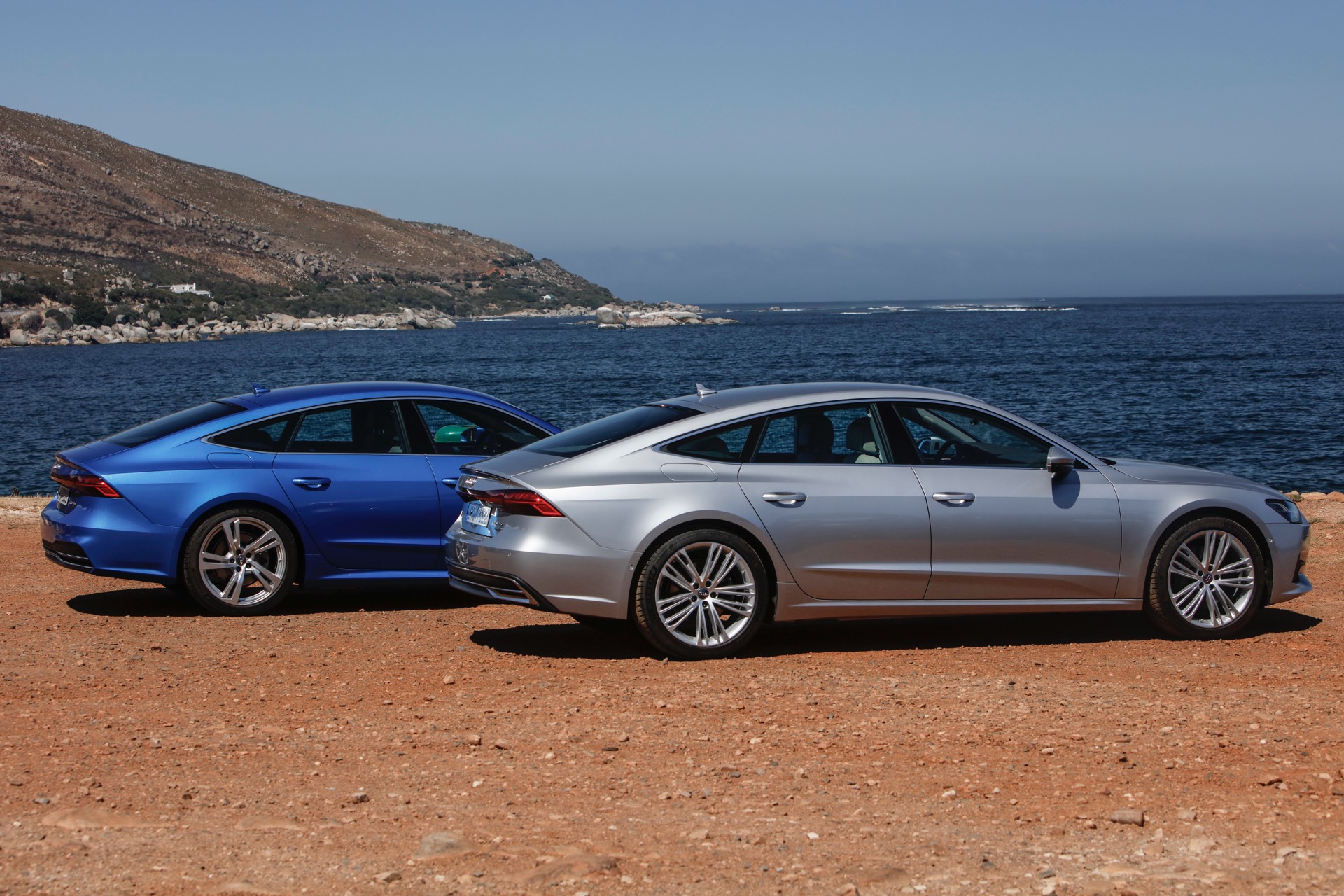
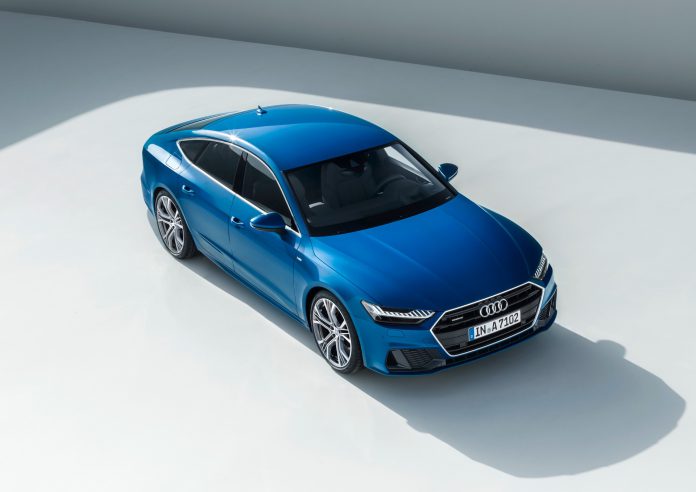
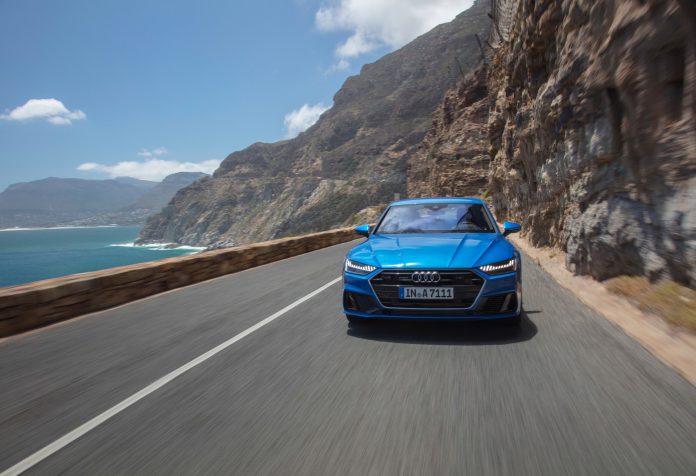

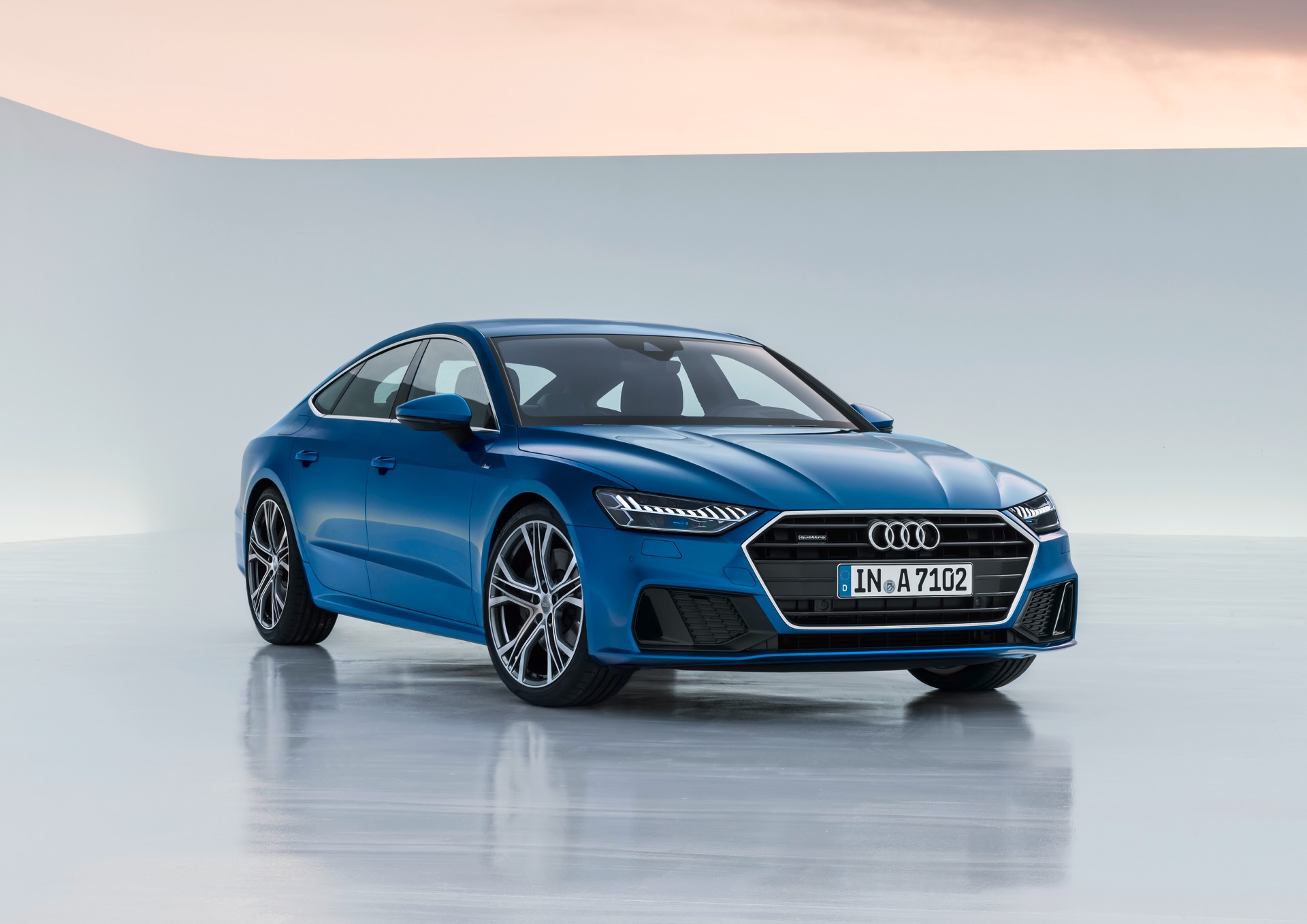
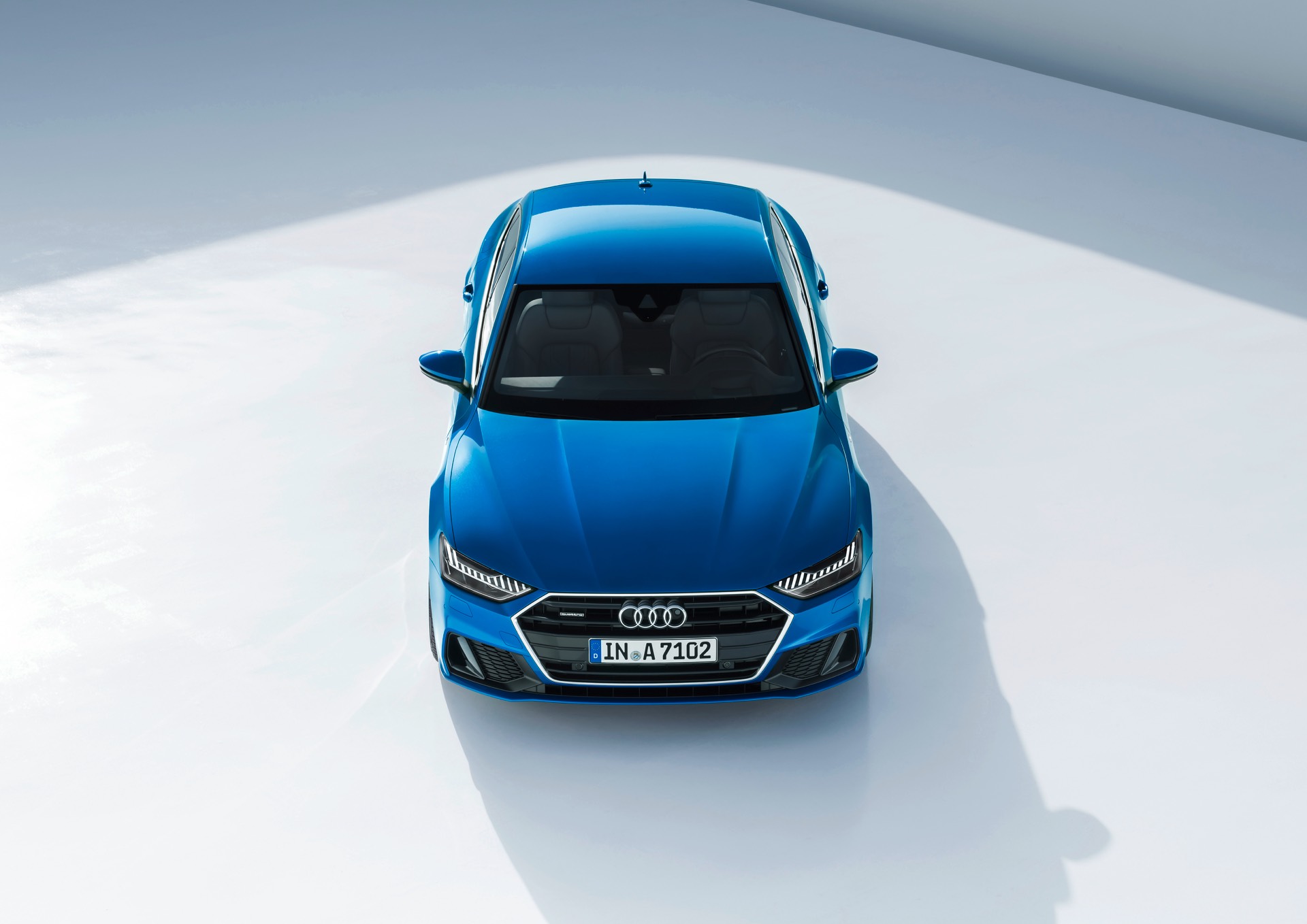
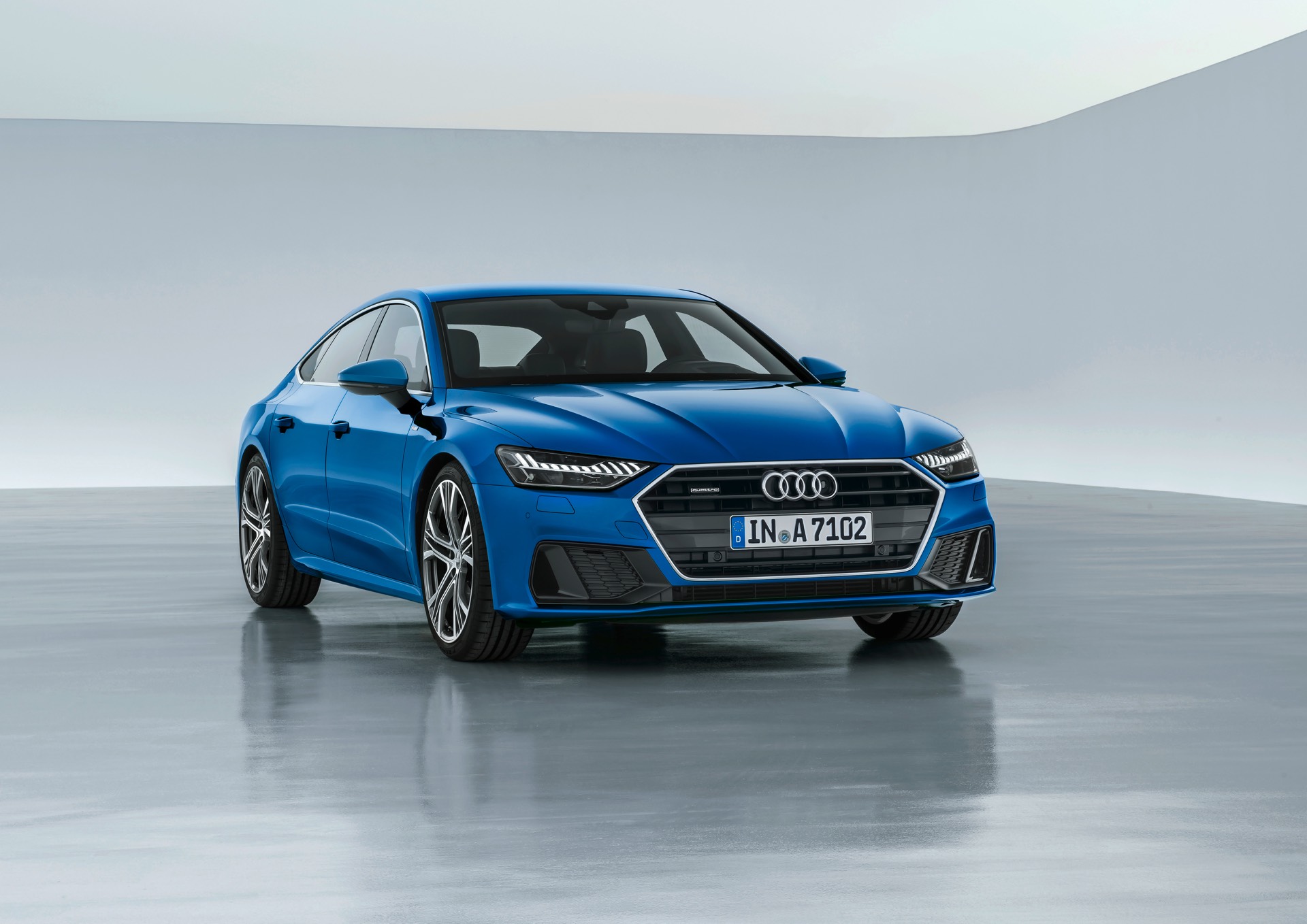
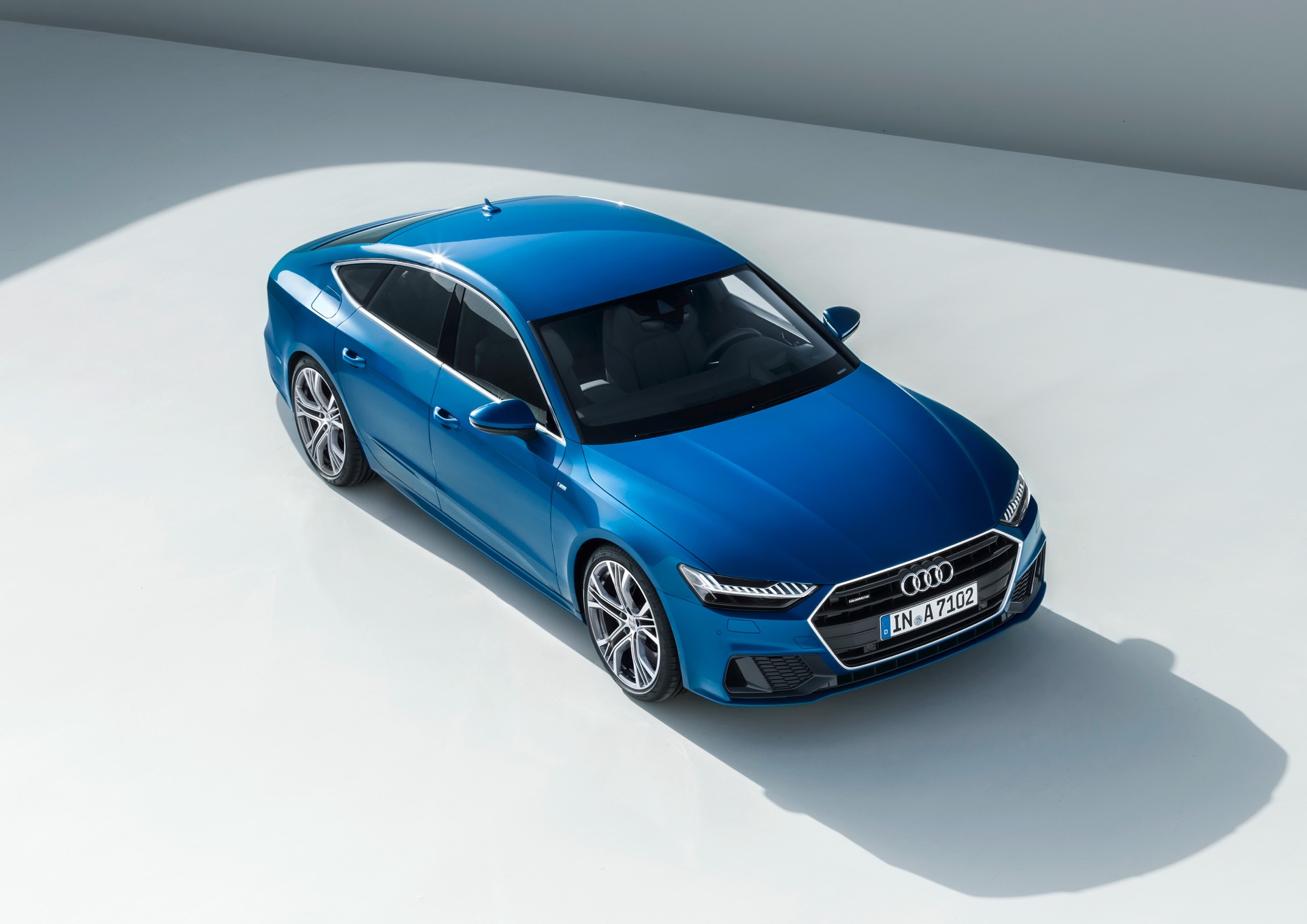
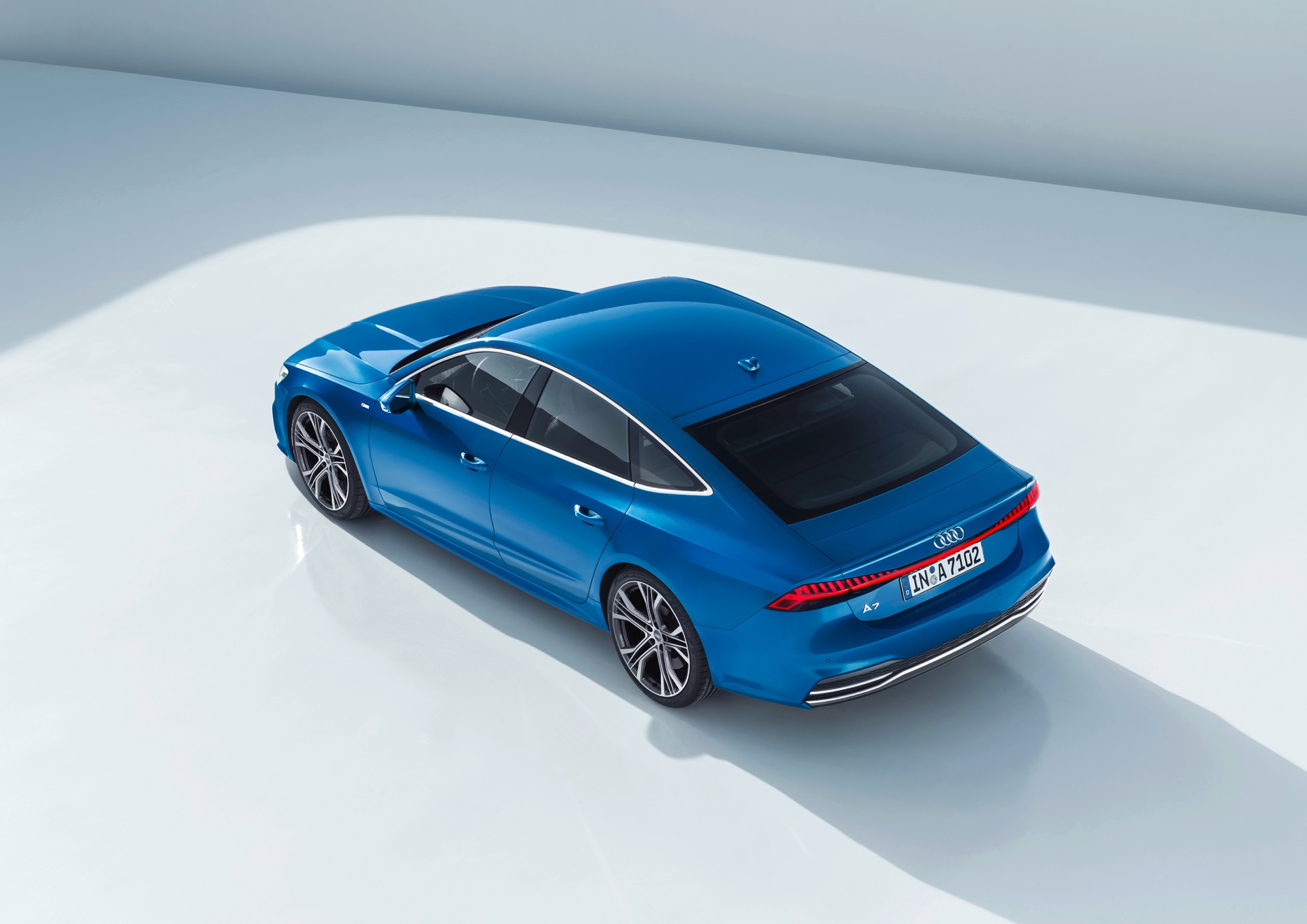
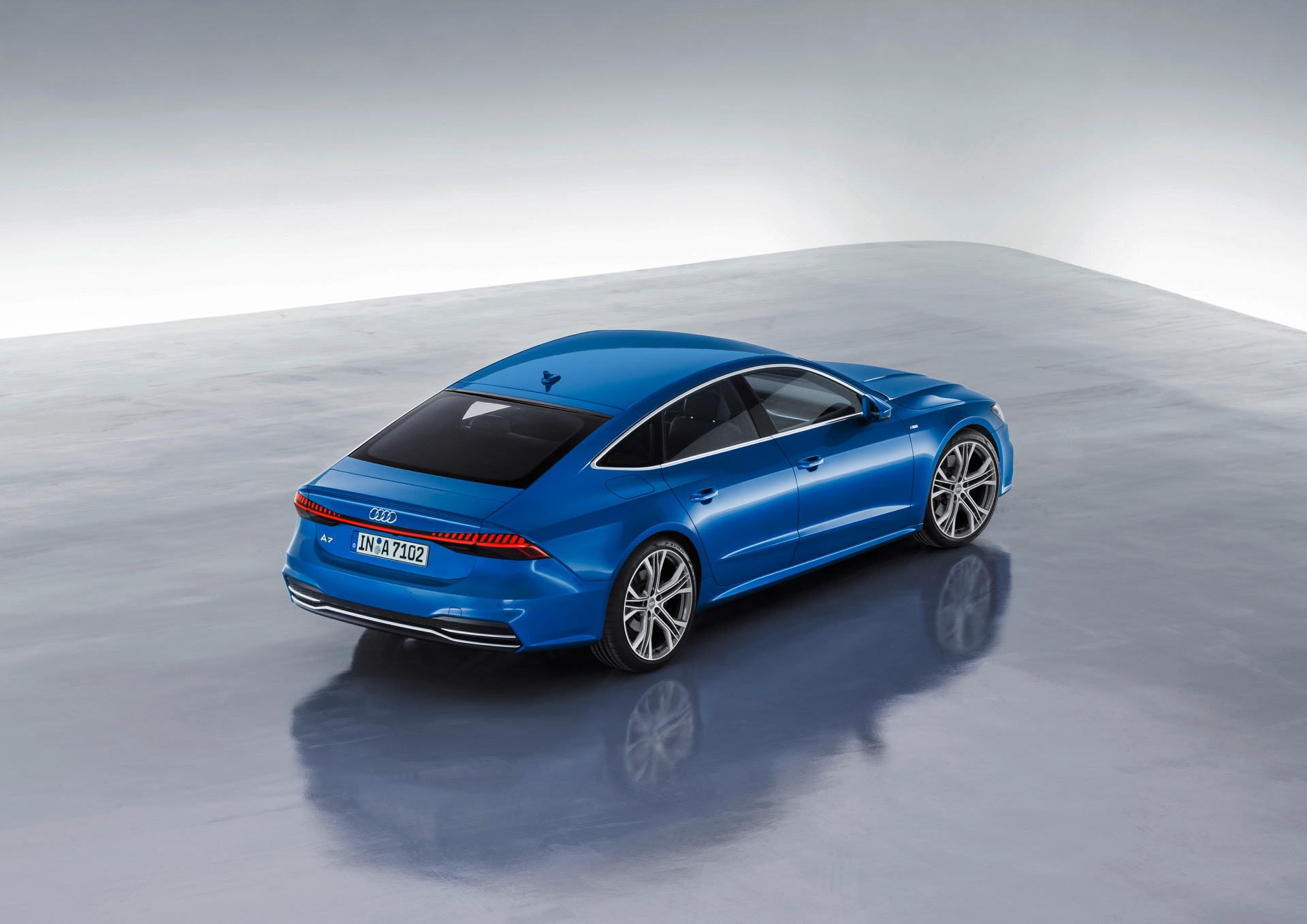
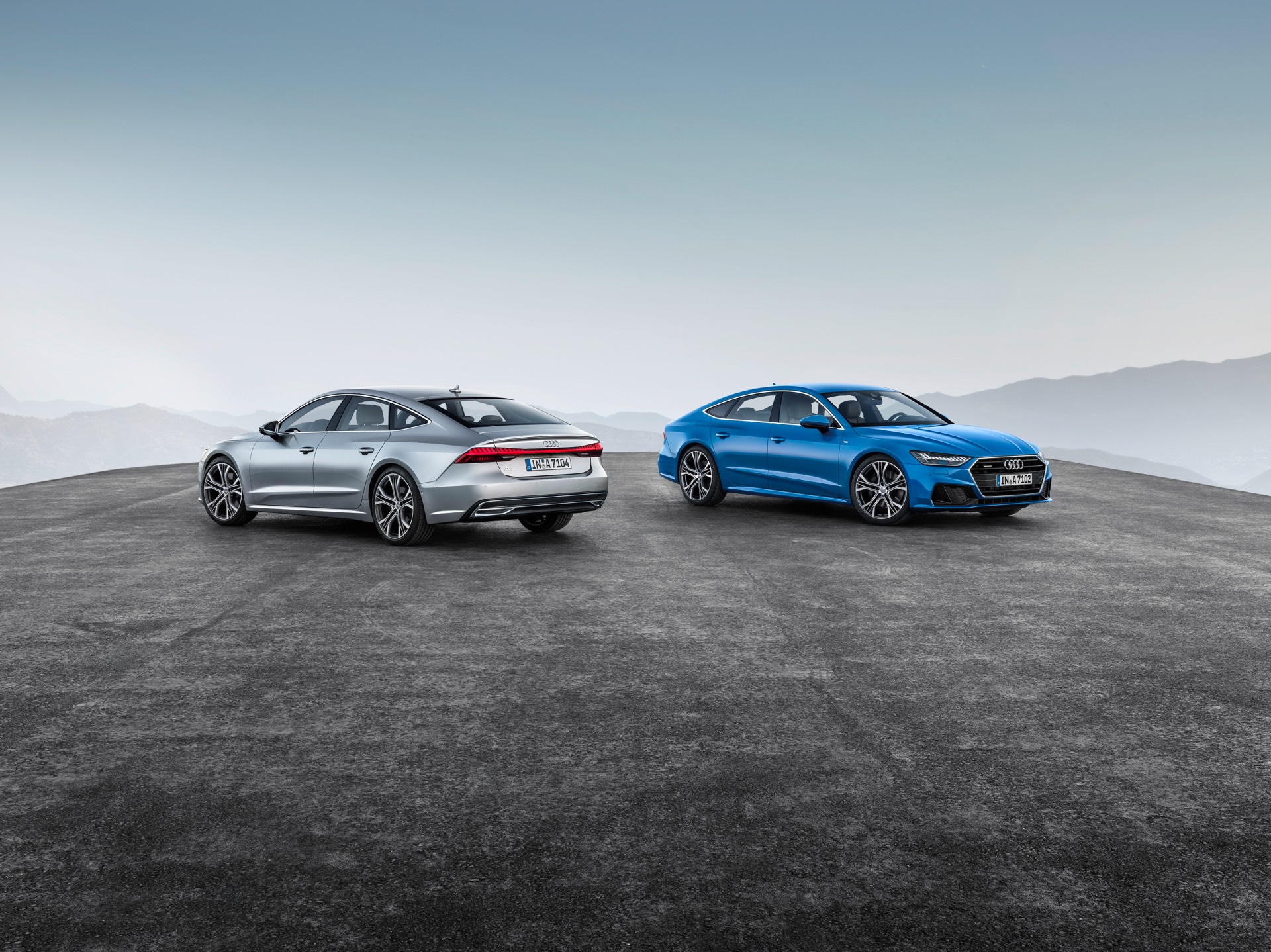
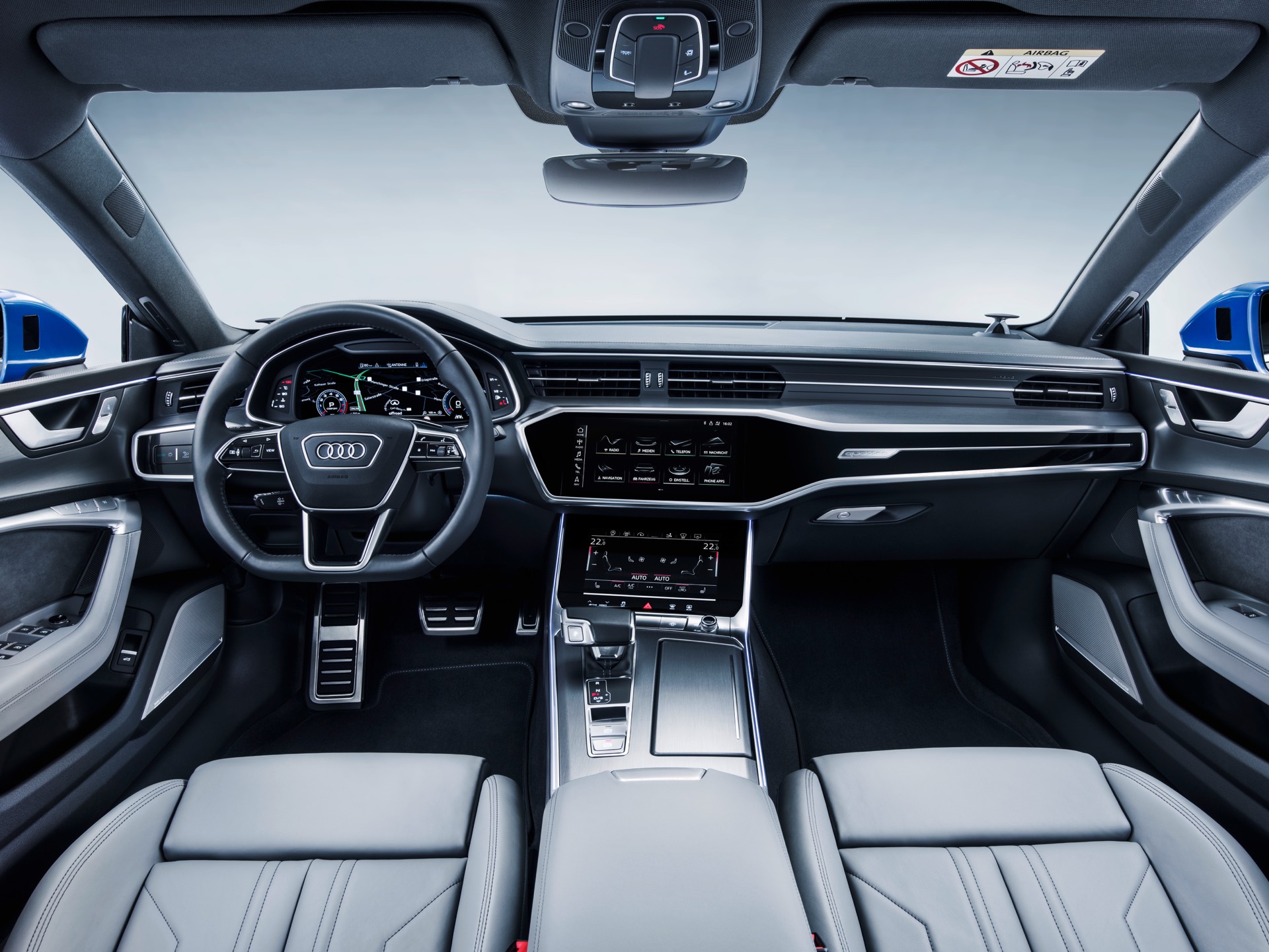

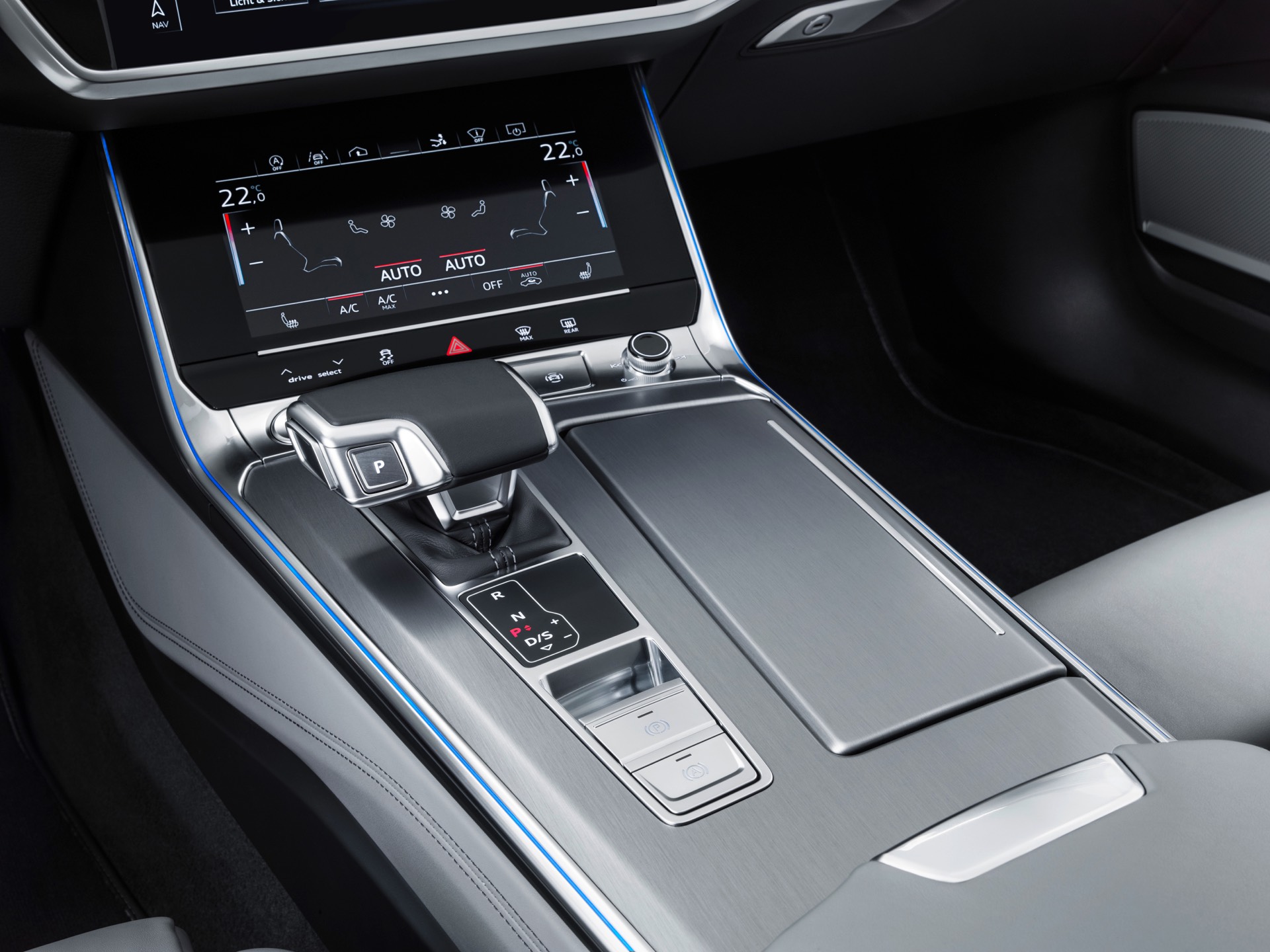

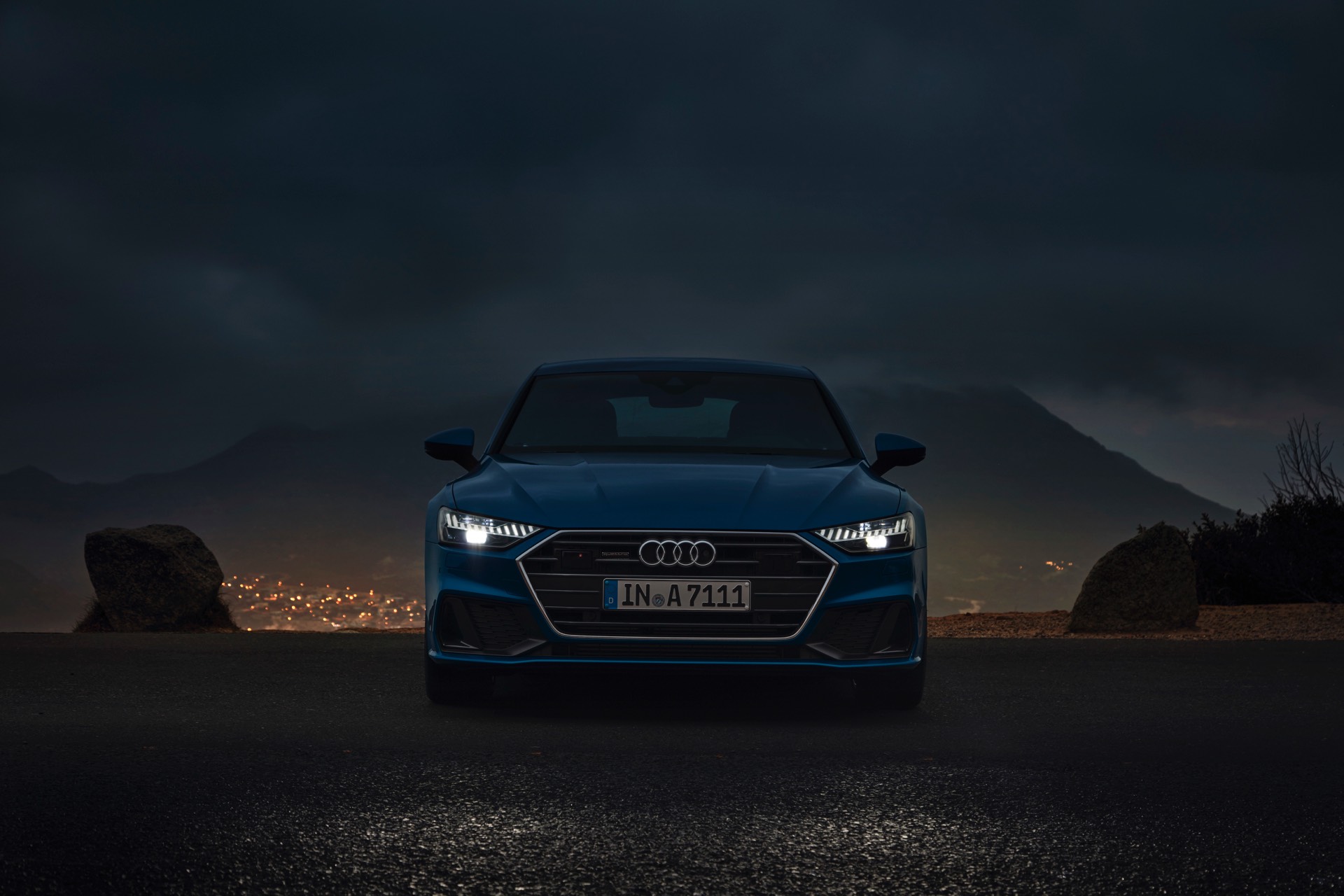
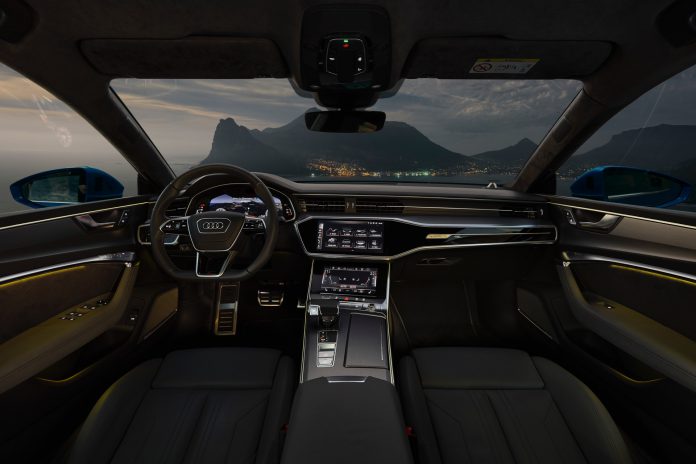











I beleive the 55 TFSI engine is single turbocharged and not twin turbocharged as stated in your article.
Great pics and review and write up !